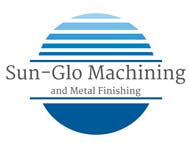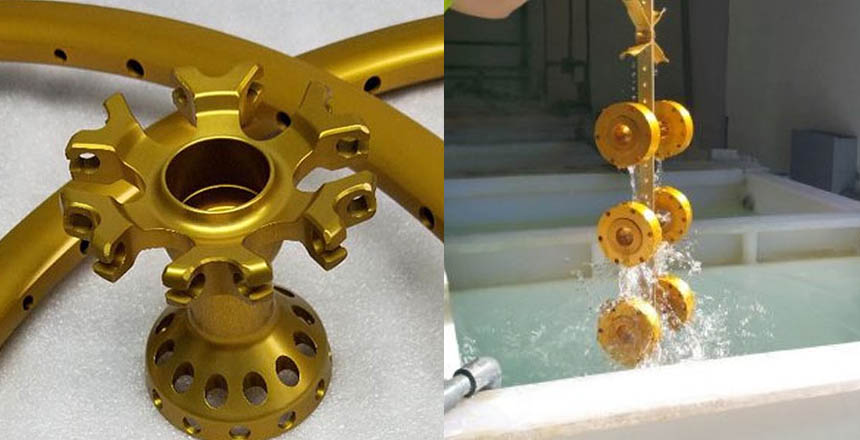When you are looking to protect your metals better or change some surface properties you can use anodizing to increase the thickness of the natural oxide layer of the surface through electrochemical conversion. All forms of anodizing use an acid during the process, and there are three types of anodizing that are most common. The anodizing can change the electrical conduction of the surface, increase adhesive bonding, corrosion resistance, hardness, durability, aesthetic adjustments, etc. Type I anodizing uses chromic acid and is the oldest form of anodizing and has fallen out of favor in many industries in comparison to Type II anodizing that uses sulfuric acid instead. Sun Glo is a Type II anodizing expert giving your metals a high-quality coating. Below will be a comparison of Type I versus Type II anodizing so that you can make an informed decision and decide what will be best for you.
Type I Anodizing
Type I anodizing uses chromic acid in its electrochemical conversion process. It creates a very thin layer of corrosion resistance between 0.00005” to 0.0002” so it is preferable if you have limited dimensional change tolerance for the use of your metal. Type I gives less corrosion resistance than anodizing applied by a Type II anodizing expert. Type I anodizing is generally used most often if the metals being anodized have rivets or seams where the acid can become lodged and may not properly rinse off. When any excess chromic acid comes out of recesses, it will not damage the coating or discolor it, unlike Type II sulfuric acid anodizing. Also if you don’t want to machine your metals after anodizing, Type I is preferable. With less than 5% copper, you should not treat any die castings with Type I. Type I anodizing is also used as a base for organic paint coatings. Fatigue and stress resistance is high for Type I compared to Type II.
Chromic acid, however, is very toxic and its waste needs to be treated in special processes and kept separate from most other chemicals at the facility. It is generally not used over Type II except in special cases, or heavily in the aerospace industry.
Type II Anodizings
Type II anodizing is the most common type of anodizing used today, also known as sulfuric acid anodizing by Type II anodizing experts. It creates a thicker layer than Type I, being between 0.0002” and 0.0012”. With a thicker layer, it has more corrosion resistance than Type I but will increase the dimensions of the metal more. As well, with the overall thickness, is 67% penetration and 33% growth over original dimensions making it very suitable for color dyes, where Type I dyeing is limited (and some of the metal can show through sometimes). Type II coating is available in clear coating, and a dyed coating and a non-reflective matte finish can be achieved through chemical and mechanical treatment. Type II is restricted to parts that don’t experience stress or have recesses, particularly on airplanes. Some popular uses for Type II include military applications, architectural materials, optical components, sporting goods, and computer enclosures. Type II anodizing also has easier waste treatment, lower energy consumption during application and less time to obtain thickness so the overall cost is more affordable.
Type II Anodizing Expert
If you are looking for a Type II anodizing expert to provide a protective coating for your metals, contact Sun Glo today for their professional services.

